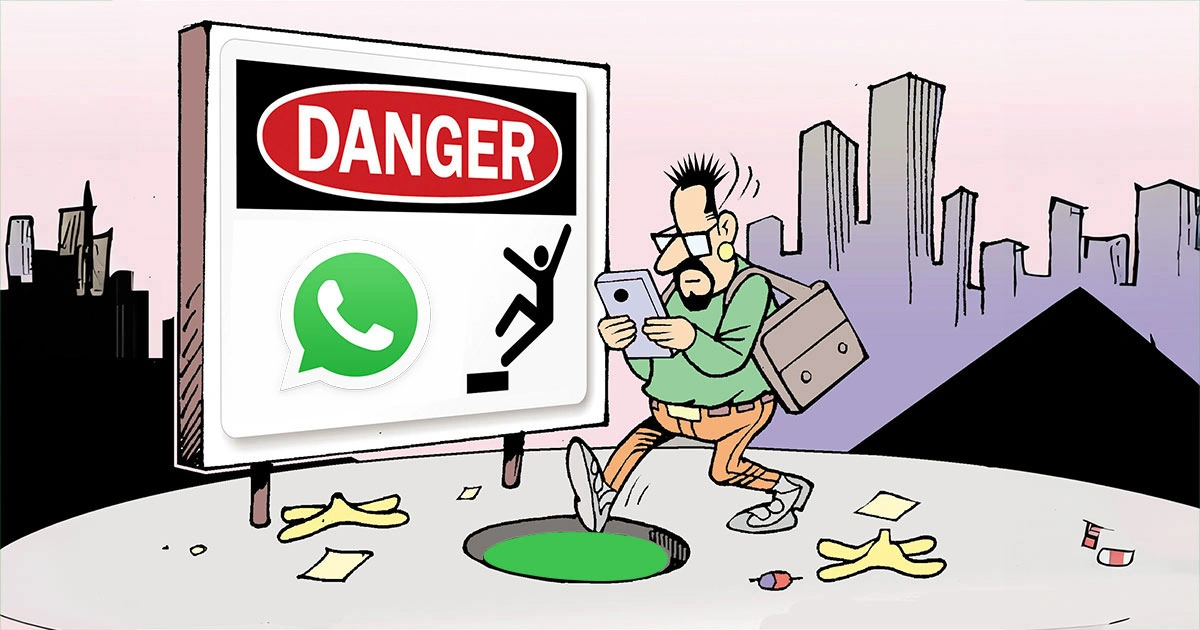The first call center was likely in the mid-’50s, thanks to the introduction of automatic call distribution systems. The ‘70s saw the centralization of calls to big businesses, and progressive advancements allowed call centers to get bigger and handle more inquiries. Scripts, voice recording and call stats helped managers supervise the call center more effectively. Fast forward to the digital revolution, and the role of the call center has dramatically shifted, with technological advancements helping to fine-tune every interaction through call center voice analytics. Call centers are rapidly becoming contact centers, expanding their role to become an integral part of building long-lasting customer relationships.
Continue reading “How Call Center Voice Analytics Boost Your Business”





